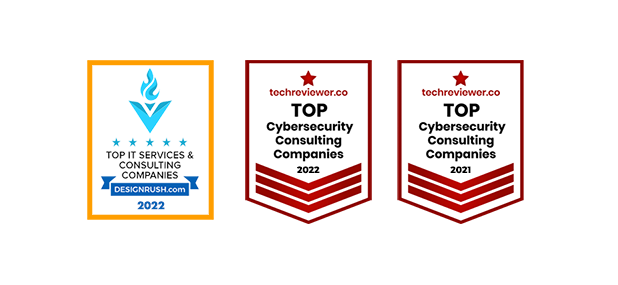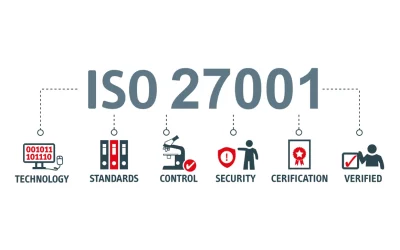Outsourced IT Support Costs Calculator by TWC IT Solutions
Indicative monthly ranges for UK organisations (incl. all London areas & suburbs). Results are guidance only and exclude VAT.
Step 1 · Your company
What counts as Inner/Outer/Central London?
Inner: Camden, Greenwich, Hackney, Hammersmith & Fulham, Islington, Kensington & Chelsea, Lambeth, Lewisham, Southwark, Tower Hamlets, Wandsworth, Westminster, Haringey, Newham.
Outer: Barking & Dagenham, Barnet, Bexley, Brent, Bromley, Croydon, Ealing, Enfield, Harrow, Havering, Hillingdon, Hounslow, Kingston upon Thames, Merton, Redbridge, Richmond upon Thames, Sutton, Waltham Forest.
Fringe/Suburbs: Wider commuter belt (e.g. parts of Surrey, Kent, Essex, Herts, Berks, Bucks).
Step 2 · Scope & service level
Step 3 · Estimated costs (range)
300+ London businesses HAVE PUT THEIR trust IN US.

FAQ for Outsourced IT support costs Calculator
What are IT support services?
Primary cost drivers include: number of users and devices; required service hours (business hours vs 24/7); SLA speed (response and resolution targets); security stack (EDR/MDR, email security, backup/DR); cloud footprint (Microsoft 365, Azure, VoIP); on-site vs remote IT support mix; compliance needs (GDPR, ISO 27001); and multi-site or hybrid working complexity.
How accurate is the calculator for budgeting executive-level decisions?
The calculator provides a robust, market-aligned estimate suitable for board papers and shortlisting. It models per-user/per-device assumptions, London weighting, and security tiers. For contractual pricing, TWC IT Solutions validates the inputs (asset inventory, ticket volumes, toolset overlap) and aligns deliverables, SLAs and scope, then confirms a fixed monthly fee.
Does per-user or per-device pricing make more sense for my organisation?
Per-user suits knowledge-worker environments with multiple devices per person and SaaS ecosystems. Per-device can favour operational sites with shared endpoints or kiosks. Many UK firms adopt a hybrid: per-user for core staff plus device add-ons for servers, specialist endpoints, and network equipment.
What’s typically included in a managed IT support fee versus billed separately?
Included: service desk, remote support, proactive monitoring/patching, AV/EDR licensing (as chosen), basic Microsoft 365 administration, asset reporting, and standard onboarding. Separate: projects (migrations, rollouts), third-party software support, out-of-hours on-site work, pen-testing, complex compliance audits, and bespoke development.
How do SLAs and support hours affect the monthly price?
Faster SLAs (e.g., 15-minute response, 4-hour resolution) and 24/7/365 coverage increase resource readiness and shift patterns, elevating cost. Many executives adopt a tiered approach: business-critical users or systems on premium SLAs; standard users on business-hours, achieving balanced spend without risking uptime.
Which “hidden” or overlooked Outsourced IT costs should I watch for?
Common blind spots: one-off onboarding (discovery, documentation, agent deployment), legacy tool overlap, after-hours call-outs, third-party vendor fees, and data-egress for backup/DR tests. The calculator highlights these so your budget reflects real-world run-rate rather than headline rates alone.
How do security and compliance requirements change the estimate?
Enhanced controls (EDR/MDR, SOC monitoring, privileged access, phishing simulation, DLP) add tooling and analyst time. Regulated or audited sectors (finance, legal, healthcare) often need stricter evidence and change control, increasing effort. Investment here typically reduces breach likelihood, insurance premiums, and downtime exposure.
We operate across multiple UK sites and remote teams—does that impact costs?
Yes. Multi-site topology, local internet resilience, and on-site visit cadence influence effort. Remote-first firms usually benefit from standardised builds and zero-touch deployment; field-heavy operations may require scheduled engineering days. The calculator models both to avoid under-resourcing.
Can the Outsourced IT support cost calculator help quantify ROI for the board?
Yes—use outputs to compare managed services vs internal hiring. Consider: avoided FTE costs; tool consolidation; reduced downtime (MTTR improvements); cyber risk reduction; and predictable OPEX. Pair the estimate with risk-adjusted savings (e.g., avoided breach or outage scenarios) for a compelling business case.
How should UK location (e.g., London) influence the Outsourced IT support costs estimation?
Labour and on-site travel in London and the South East command a premium. TWC’s Outsourced IT costs calculator applies realistic regional weighting while still encouraging remote-first resolution to minimise site visits and protect your OPEX profile.
What inputs should I prepare to get the most from the calculator?
Have to hand: user and device counts; critical apps; current toolset/licensing; ticket volumes or pain points; compliance obligations; support hours; and upcoming projects (e.g., M365 migration). Accurate inputs yield tighter estimates and smoother contracting.
How does TWC’s expertise translate into lower managed IT support costs without compromising quality?
TWC leverages two decades of UK enterprise and mid-market delivery to standardise tooling, automate routine tasks, and right-size SLAs by user cohort. Our security-by-design approach reduces incident load, while proactive governance cuts rework. The result: predictable, defensible costs aligned to measurable outcomes.
Let’s grow your business together. CONTACT US NOW.
Discover top IT resources & guides.
ISO 27001: What it is and how it protects your UK Business from Cyber Security Threats
Discover what ISO 27001 is — and how certified IT partners reduce cyber risk, ensure compliance, and protect your business with enterprise-grade security.
10 Reasons UK Businesses Should Partner with an ISO-Verified IT Provider in the AI Era
Discover 10 strategic reasons UK SME’s should partner with ISO-certified IT providers. Learn how compliance, security & AI readiness drive growth.
SD-WAN Statistics: Unravelling the Market Trend in the World of Software-Defined Networking
The latest SD-WAN statistics reveal key trends and statistics for UK SMEs. Explore the market share and size of the SD-WAN statistics market!
IT Awards and Distinctions.
Three distinctions in two years.




















